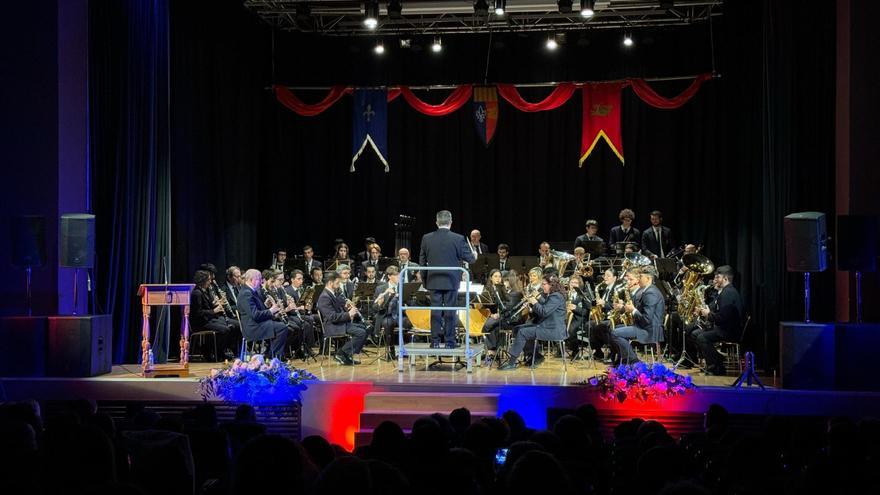MADRID, 5 (EUROPA PRESS)
NASA chose July 4, 1997, the United States’ Independence Day, to bring its first robotic vehicle to the surface of Mars, the Sojourner from the Mars Pathfinder mission.
The mission had been launched on December 4, 1996 aboard a Delta rocket, a month after the launch of the Mars Global Surveyor and after 7 months of travel it reached Ares Vallis in a region called Chryse Planitia (Golden Plains).
There he has rested since the end of the mission, scheduled for five weeks, but which lasted five months. It was equipped with a suite of scientific instruments to analyze the Martian atmosphere, climate, geology, and the composition of rocks and soil. The lander sent more than 16,500 images and made 8.5 million measurements of atmospheric pressure, temperature and wind speed.
In its life, a complex procedure was used to bring the mission to the surface undamaged. A thermal protection shield and a large brake chute were used, as well as an altimeter radar so that the lander could determine its altitude; in the last section, retro rockets to stop the lander during its descent; and finally, 24 airbags were opened 8 seconds before impact to cushion the fall once the lander was detached from its parachute. The impact speed was 10.6 meters per second. This whole process was completed in a time of 4 minutes.
Once the lander was located on the surface, the airbags were deflated and retracted with the lander on its base, finally opening the petals with the solar panels. The lander reached its destination at night, so it had to wait until the Sun rose to be able to send the first signals to Earth.
Upon receipt of the information, the engineers realized that one of the airbags was not fully deflated and could cause problems for the subsequent deployment of the Sojourner descent ramp. To that end, they sent orders to the lander to raise and lower one of the lander’s petals to crush the airbag. The procedure was a success, according to NASA.

:quality(85)//cloudfront-us-east-1.images.arcpublishing.com/infobae/XTONLSFWXVGSPK3G4OSQSNK3QU.jpg)



